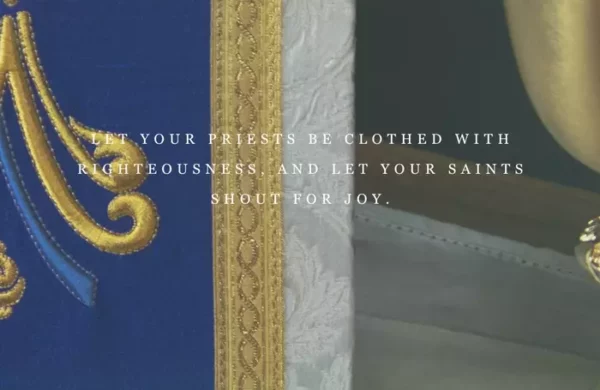
Linen, derived from the flax plant, has been used in Christian liturgical traditions for centuries, valued for its durability and purity. In the Bible, it symbolized holiness and was used for priestly garments and sacred objects. Today, linen remains a preferred fabric for church vestments and liturgical items, representing purity and sanctity in worship.
Like this:
Like Loading...
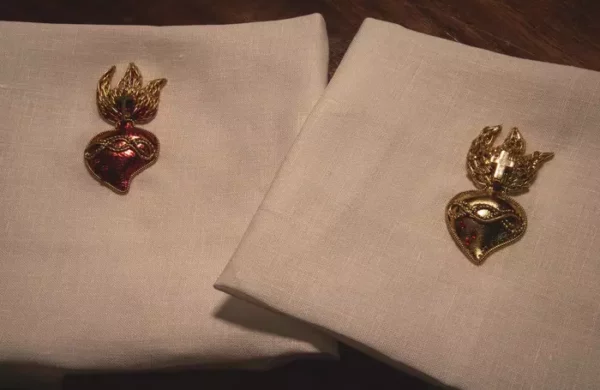
Exciting news! A collaboration between Clara of Clarastitching and a mystery partner brings a project revamping liturgical vestments, mostly free. Sacred Heart month marks its launch. Clara, an embroidery expert, offers workshops and project kits with free global shipping. Based in the UK, her influence extends to South America. Follow her on Instagram for inspiration and to join her vibrant community.
Like this:
Like Loading...
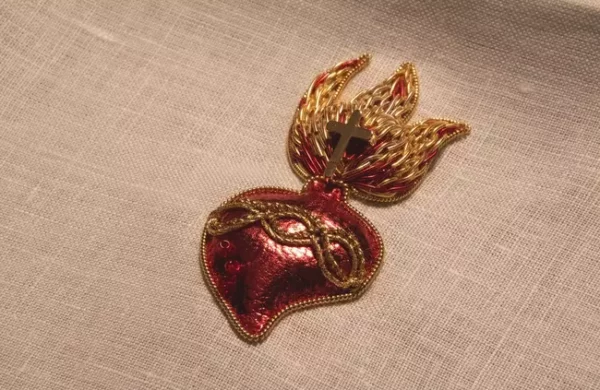
Exciting news! Join us and Clara Stitching for Sacred Heart Month. Get a free Chalice Pal pattern and discounted kits. Plus, enjoy a free hand embroidery class on June 15th. Limited availability, so don’t miss out!
Like this:
Like Loading...
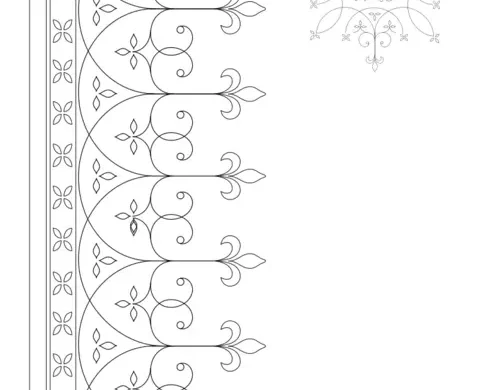
The design consists of a border pattern and a scrollwork cross embroidery pattern. The border pattern comes from my collection of vintage embroidery designs. These vintage designs come in all kinds of shapes, sizes, and conditions. They must be cleaned up and turned into a line drawing to be used as an embroidery pattern. The cross pattern is a new design created from components of the border pattern.
Like this:
Like Loading...
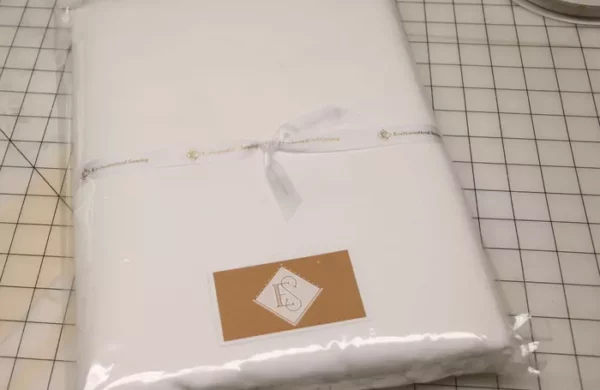
Renaissance Altar Linen – 100% Irish Linen fabric, which is 60″ wide. It feels like a vintage altar linens as it has similar weight and weave. This linen has a nice hand and body and presses well. Small altar linens and altar Fairlinens are made from this pristine white Irish Linen fabric.
Like this:
Like Loading...
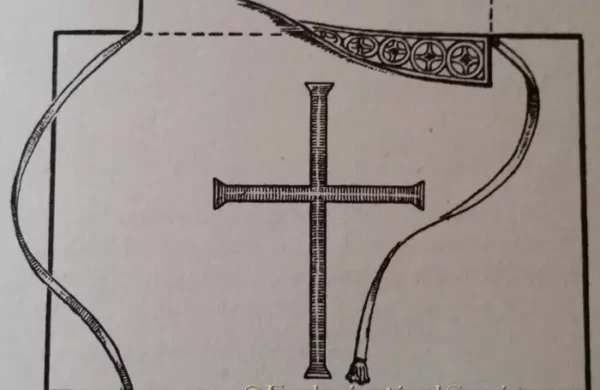
Before the Renaissance, the corporal was often as big as an altar cloth. Since then, it has had smaller dimensions, depending on the size of the altar. It remains essentially a corporal as long as it holds the chalice, the paten, the host, and the ciborium cover. As the corporal is a simple cloth that has the honor of holding the Eucharist, it needs little decoration to complete its job
Like this:
Like Loading...
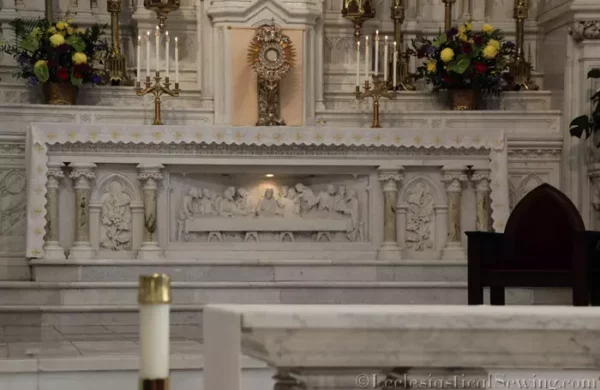
The measurement of making an Altar Fair Linen – The altar height: measure from the top edge of the altar to the floor. Measure the width of the altar from the front to the back. Measure the length of the altar from one side to the opposite side. Optional: measure the hang from the top edge down the side of the Fair Linen to match the length of an altar hanging.
Like this:
Like Loading...
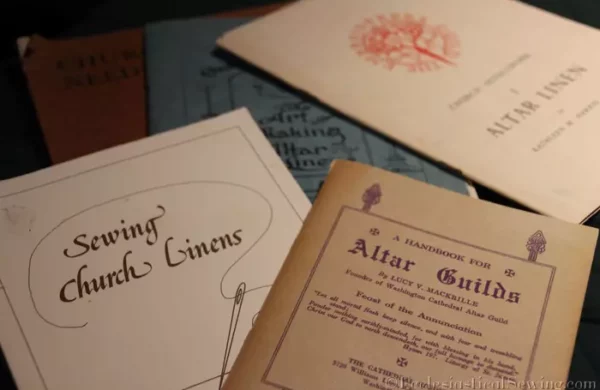
Altar linens serve distinct liturgical functions: Fair Linen covers the altar, Corporal holds vessels, Pall a square linen stiffened with either cardboard or plexiglass. Purificator a small square linen used to wipe the communion vessels during the sacrament, Lavabo Towel dries hands, Credence Cloth covers a side table, Chalice Veil conceals post-communion, Cere Cloth protects from dampness, Dust Cloth safeguards Fair Linen, and Sick Call Set facilitates individual communion.
Like this:
Like Loading...
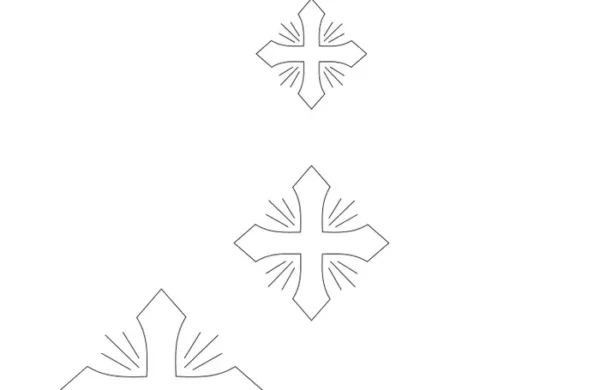
The design is a simple cross with three rays in each corner between cross bars. The Altar Linen Embroidery Design is available in 4 sizes, for purificators, lavabos, corporal a, and even the corners of a fair linen. This church linen embroidery design will use a few basic stitches such as the split stitch for an outline, and a stem stitch for the rays
Like this:
Like Loading...
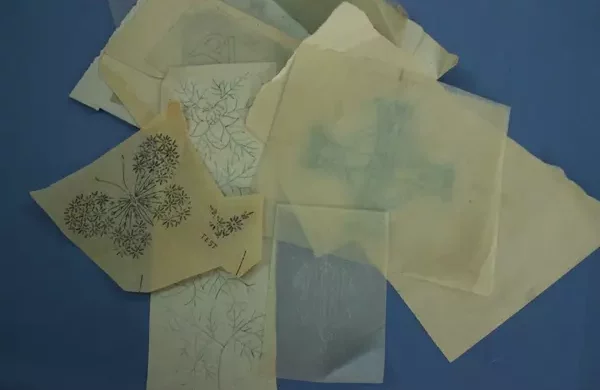
A collection of historic designs on aged paper dating from the 1870s to around 1940 and beyond. The collection includes original works by renowned designers from the Gothic age spanning the last two centuries, including perforated designs and transfers sourced from an antique Thomas Brown and Sons catalog. The designs are currently undergoing verification after a thorough historical tracing. It’s important to document and preserve this collection for future generations as a valuable resource for study and learning.
Like this:
Like Loading...
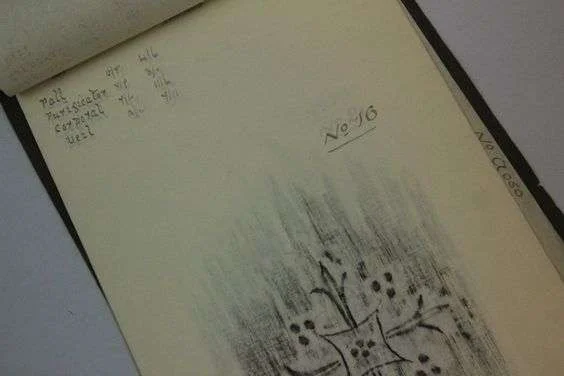
Handmade booklet with tracings and designs for hand embroidery on church linens. It includes a cross-with-crowns pattern and larger sheets with iron-on transfers for clear designs. The book also has traced hand embroidery designs and possible pricing info for different linen sizes.
Like this:
Like Loading...
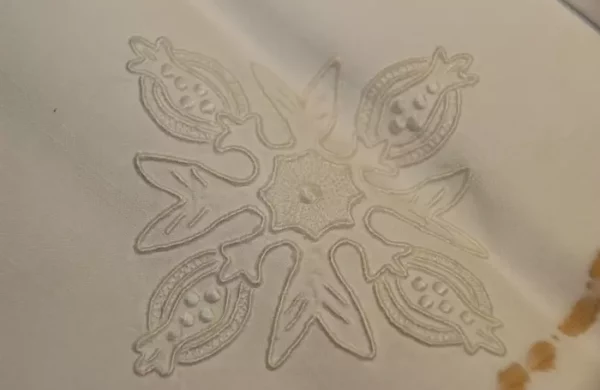
New altar linen project, a quick peek at some photos of whitework embroidery on linens.
Like this:
Like Loading...
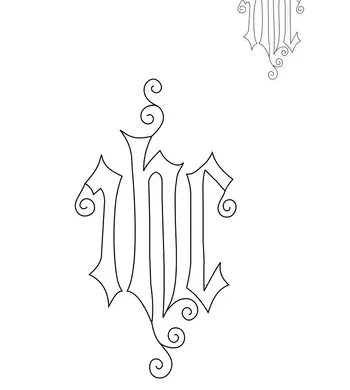
This vintage Ecclesiastical Hand Embroidery Design, originating from a Boston monastery over 100 years ago, still bears the pounce powder from its original use. The intricately perforated design on thin tracing vellum paper is tiny—merely 2 to 3 inches in size. The IHC hand embroidery is elegantly simple and clean, sparking ideas for stitching options. Considerations include a trailing stitch for the outline with a seed stitch filling or even a straightforward split stitch outline.
Like this:
Like Loading...
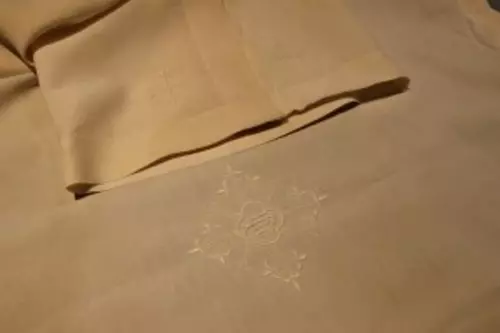
This antique Fair Linen, while stained, and scorched, with holes from a too-hot iron on one end, features a lovely hand-embroidered IHC motif in the center of the Altar Linen, surrounded by four smaller cross designs for the corners. Worked completely in white threads, the Ecclesiastical Embroidery is still lovely amid the linen stains of age. The central hand embroidery design is relatively small, considering the Fair Linen is wide and long
Like this:
Like Loading...
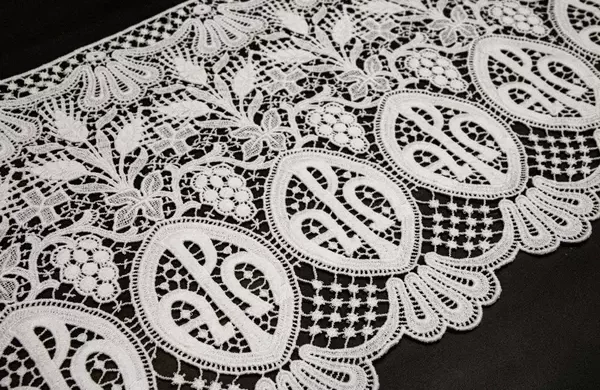
Lace, and variations is often applied to the hemline and sleeves of vestments such as a rochet which forms part of the choir robes. The lace can vary with styles of pattern, and materials, being sometimes a little heavier and bolder, to being something very light and airy.
Like this:
Like Loading...
















You must be logged in to post a comment.